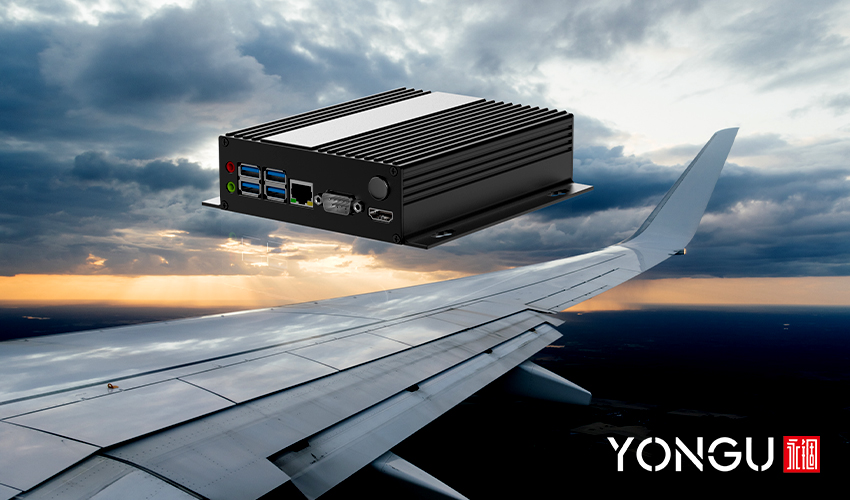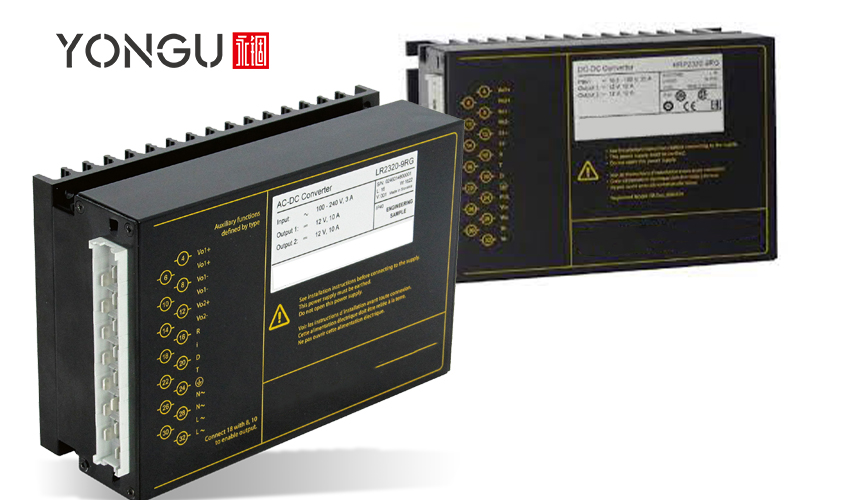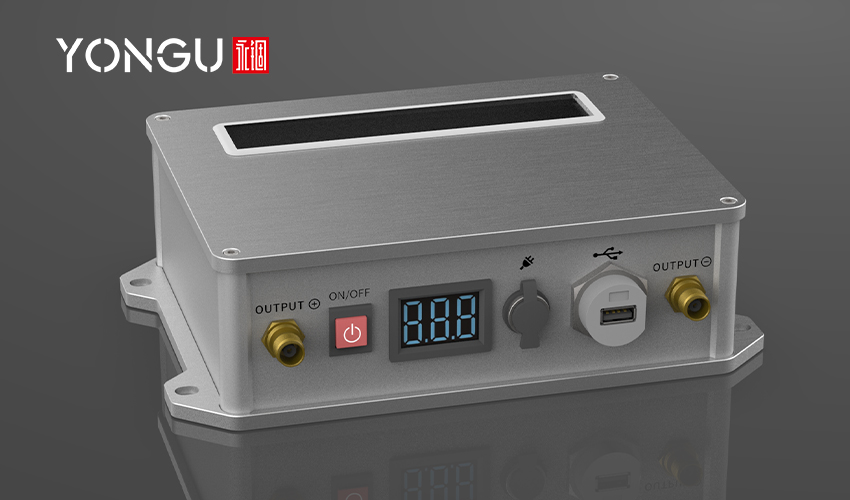Introduction
A power converter is a type of electrical circuit that transforms electrical energy in one form into another that is more optimized for a given load and figures out the frequency and voltage you need and have. The output of a converter that performs more than one function could be different from the input. It uses to create multiple output voltages of the same polarity as the input, different polarities, or mixed polarities, as well as to reverse polarity and change the amplitude of the input voltage.Application of power converters in aerospace
- DC/DC converters are utilized in most mobile devices ( PDAs, Mobile phones, etc.). Power factor correction and Electronic isolation are other uses for these converters.
- AC-DC converters or rectifiers are always used. As part of their functionality, an electronic device is hooked up to the mains( television, computer, etc.). These may convert AC to DC or change the voltage level.
- AC-AC converters alter the frequency or voltage of light dimmers and international power adapters in aerospace.
- Inverters that convert between AC and DC are frequently found in UPS, renewable energy, and emergency lighting systems.

Types of power converters used in aerospace
AC to DC Converters
An AC-to-DC converter is a type of converter that converts the given AC signal into a DC signal. Rectifiers are the devices that turn AC signals into DC signals. The transformer, switching unit, filter, and control block are crucial parts of this rectifier. The transformer modifies the input of the rectifier stage's primary AC source supply. A step-down transformer typically decreases the supply voltage to a circuit's functioning range.This converter is further classified into:
Diode Rectifiers:
A given ac input voltage becomes a set dc voltage in this rectifier circuit. At the input, either a single-phase or three-phase ac signal is applied. These are mostly utilized in battery charging and power supply, electric propulsion, and electrochemical procedures like electroplating. These are also utilized in UPS-related services and welding.Phase-Controlled Rectifiers:
Compared to diode rectifiers, phase-controlled rectifiers are made to change a constant ac signal voltage into a changeable dc voltage. These are sometimes referred to as line commutated ac to dc converters because the rectifier, in this case, is operated by line voltage.DC to DC converters
High-frequency power conversion circuits known as DC-DC converters use inductors, transformers, and capacitors to reduce switching noise and produce regulated DC voltages. Closed feedback mechanisms maintain constant voltage output even with fluctuating input voltages and output currents.
Four types of AC-DC converters
Buck converter
A buck converter lowers a voltage by stepping it down, generating the output voltage. A lithium-ion battery could be charged from a 5 V USB source to 4.2 V using a buck converter.Boost converter
The output voltage of a boost converter is greater than the input voltage. A boost converter might use a lithium battery to power a row of LEDs or produce a 5 V USB output.Buck-boost converter
Generating a voltage that is either higher, lower, or equal to the input voltage. A buck-boost can convert a 12 V battery's output to 12 V. The voltage of a 12 V battery can range from 10 V to 14.7 V. An LED could also be powered by a buck-boost using just one cell.SEPIC converter
A SEPIC converter can also step up or down a voltage, resulting in a voltage that is the same as, higher than, or lower than the original voltage. Although a SEPIC has some advantages in specific applications, it is employed in areas where the buck-boost is inappropriate.Why enclosures are necessary for aerospace power converters
Enclosures are necessary for aerospace power converters to protect against mission-ending events like fire. A fire in the converter can cause a complete loss of electrical power, failing critical systems, and, ultimately, the loss of the aircraft. Electrical enclosures help to contain fires by preventing the spread of flames and smoke. In addition, enclosures can also help to protect against other mission-ending events, such as water ingress or mechanical damage.Enclosures for Power Converters at Yongu
If the environmental conditions are likely of a Power converter, then you should have to provide additional cooling or environmental protection. Yongu is the best production company for making electronic enclosures that provide environmental protection to power converters. Materials used to make them are aluminum, steel, stainless steel, copper, and plastic. Available in installation styles for the panel and motor.L Series Embedded Power Converters
Yongu Box L series have enclosures made of pure aluminum with the ability of good current conduction. As you know, copper is an excellent current conductor. IP68 waterproof enclosures from the YONGU L series are custom-designed for the box. From these enclosures, you can choose ten different dimensions. You can settle on width and length also. In addition, you can customize the height. L series has different models, A, B, C, and D, including a full aluminum model and half aluminum in a box with the plastic cover B, C, and D models.
Conclusion
In this article, you may understand how power converters of aerospace and defense convert the current in various flows. And you see how many power converters are in the aerospace power converter industry, and also we discuss their types.We hope you like to read this article about Power Converters for Aerospace & Defense markets. If you have any questions about this, feel free to ask us.
For further information and customized product of your requirements, please follow our FACEBOOK for more updates and informations.
You can also contact us at +86 13326782625 or write us [email protected].



